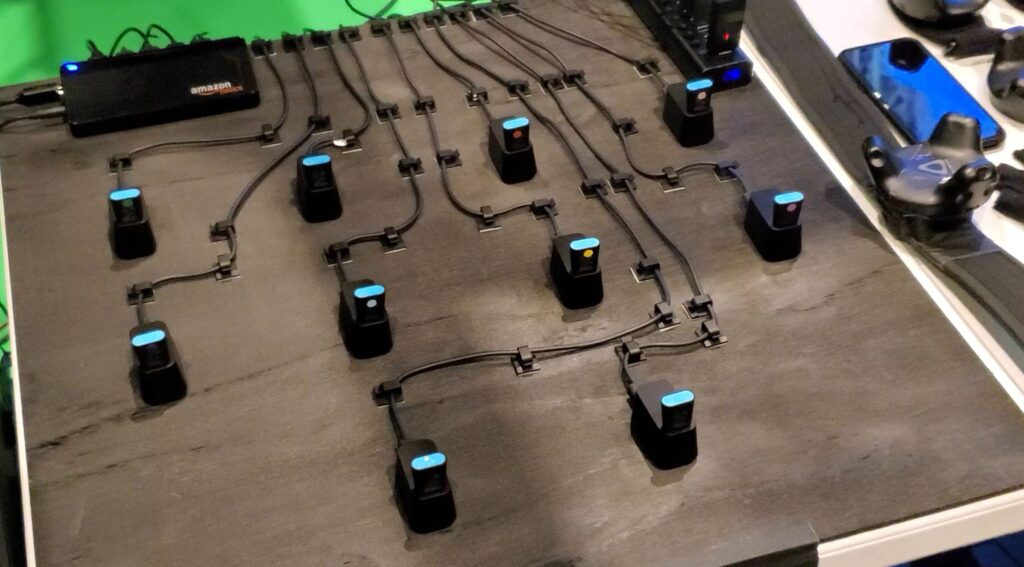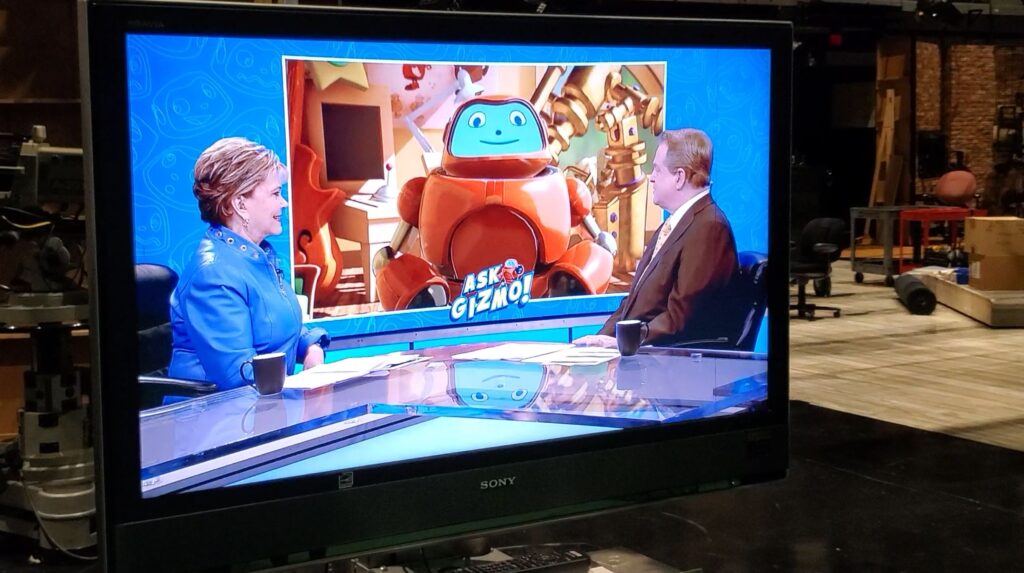Back in March, I had an opportunity to develop a real-time mocap system using the new HTC Vive Pro with a couple of my good friends. Initially, I thought it wouldn’t be a problem since we’ve already used the older version of the Vive and have had no issues. From day one, it was a nightmare just trying to get everything to work together, but after a couple of months and a bit of blog-based tech support, the use of the Rigel plugin, and a nightmare live show scenario we were able to get the system functioning properly.





It all started with the Vive Pro tracking system. The HTC Vive Pro can do amazing things but if one thing is off, it can go south quickly. The initial testing between the HTC Vive Pro and the trackers appeared to function correctly, but as time progressed we noticed the tracking became extremely unstable and this never happened with the older system.
As real-time virtual productions become common practice, as well will virtual actors.
Unfortunately, it took several productions to figure out what was causing the issue. It was evident that something was conflicting with the tracker’s ability to deliver the tracking data correctly to the Unreal engine. After speaking with the creator of the Rigel plugin, we tried several tests even requesting everyone on set to turn off their Bluetooth on their phones but to no avail. The day we figured out the issue we were about 2 minutes out from a live show and the tracking once again become unstable.

It’s funny how in moments of extreme stress, you can suddenly think of and commit to something you would never think would work. I remembered that on a couple of blogs, someone mentioned that the HTC Vive Pro uses Bluetooth 5.0, which if the tracker’s dongles are too close to one another can cause something called “chattering” between the devices. “Chattering” is when too many Bluetooth devices are all sending out a high frequency at the same time and the data gets jumbled. So I ran over to the table with the dongles and started tearing them off the board they wore hooked to while trying to get at least 12 inches between each of them. It instantly resolved the issue.

After months of testing, demoing and failing it was a very surreal moment for us all. I can’t tell you how beneficial it is to be part of a project from the ground up. From researching and purchasing the correct equipment to hooking everything up and figuring out how it works. If you’re there from the start, you acquire knowledge that just can’t be obtained by videos or by reading a book. First-hand experience continues to be the most effective way to learn a process and retain knowledge. Until next time, take care!